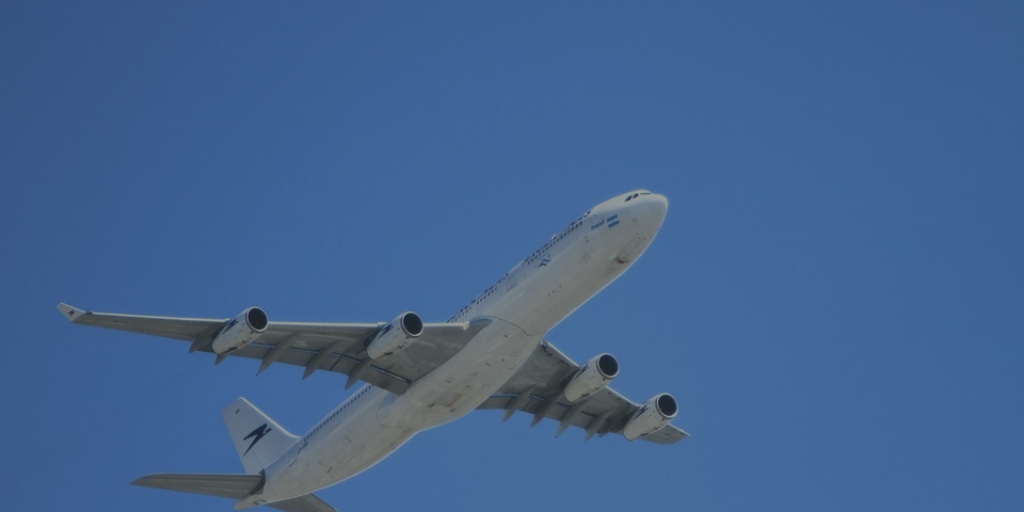
Airplane or aircraft are one of the most brilliant topics in science. Everyone like to see flying airplane and fighter aircraft. They like to make conversation on different aircraft’s and their roles in the world.
Table of Contents
Read More: New Future Inventions in Aerospace Engineering
Do you have any questions like these?
- What is aerospace engineering?
- What is the difference between aerospace and aeronautical engineering?
- How do airplanes fly?
- How do airplanes stay in the air?
- How do airplanes fly in the air?
- How do airplanes land?
- How do airplanes fly in rain?
- How do airplane turn?
- How do airplane brake when landing?
If you have any one of these questions, then read this post. I am an aeronautical engineer by qualification. I have a technical knowledge of airplane flight mechanics. I will give answers to these questions here.
Let’s start the knowledge tour with aerospace engineering and its related common questions.
Introduction to Aerospace
An aerospace engineering is concerned with designing of both aircraft and spacecrafts. In other words, aerospace engineering is a parent field where aeronautics and astronautics are their parts.
Aeronautical engineers deal with designing of aircraft and astronautical engineers deals with designing of spacecraft and space probes. Somewhere astronautical engineering is also known as “rocket science”.
1.What is the difference between aerospace and aeronautical engineering?
Aerospace engineering deals with both designing and manufacturing of aircraft and spacecraft while aeronautical engineering is a part of aerospace engineering which deals with designing of aircraft’s.
Aircraft’s can fly on the earth or through the air while spacecraft fly in the space. Both have different design studies. One has to fly through the air, where the atmosphere is different. While one has to cross the escape velocity to enter the space, where the atmosphere is different.
Learn More– Rosetta Mission of European Space Agency
There are some common studies in between aerospace and aeronautical engineering like fluid mechanics,stability and control,structures etc..
An aircraft’s design contains studies like aerodynamics,aircraft flight mechanics,aircraft system and instrumentation,aircraft performance,aircraft structures,aircraft propulsion etc..
A spacecraft design contains studies, like aerodynamics,spacecraft engineering,rocket science engineering,etc..
2. What are the names of airplane?
We most commonly like to classify airplane on the base of fixed wing and rotary wing.
Fixed wing aircraft
Fixed wing airplanes have fixed wing, which provides lift to the airplane like a Boeing 747. See the figure 1.1 below for more understanding.
Rotary wing aircraft
Rotary wing aircraft’s have rotating wings which also provides the lift. Example of rotary wing aircraft’s are choppers.
Anatomy of the airplane
Structure of airplane consist of following parts labelled as
- 1.Fuselage
- 2.Cockpit
- 3.Wings
- 4.Elevator
- 5.Rudder
- 6.Landing Gear
- 7.Engine nacelle

We will discuss about these parts and its functionalities over here later. Now we are getting to know the basics of flight.
The 4 forces play a pivotal role in the flight of aircraft. These 4 forces are lift, weight, drag and thrust. This figure 1.2 shows the application of 4 forces on an airplane here.

You must also know about these moments of forces on airplane. These moment are
- Pitching
- Yawing
- Rolling
See this figure 1.3 for more clear understanding.
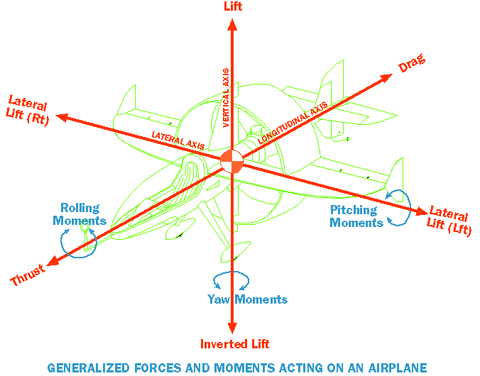
Airplane Flight Mechanics
3. What is airplane flight profile?
Airplane flight profile is the pattern of flight that begins before takeoff and ends after landing.Every aircraft has flight profile or flight pattern.
- Taxiing
- Takeoff
- Cruise
- Landing
- Taxiing
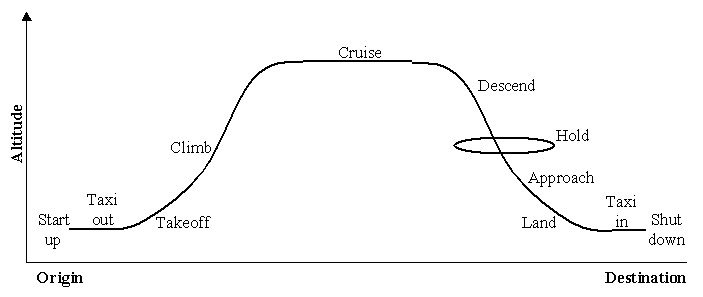
Loitering
Loitering is a special condition in airplane flight. This happens when airport runway is not clear or no space on a runway to land. During loitering, airplane hovers around the area of airport till the ATC not give a clear signal of landing on runway.
Read More: NASA Astronaut Space Life
Taxiing
Taxiing is the running of airplane on the airport runway. This procedure goes on before take off and after landing. The rest of the stages of the flight profile, you will understand after viewing this below figure 1.5
4. How does airplane turn on ground?
Nose wheel plays an important role in turning on airplane during taxiing. Nose wheel is located on the left side of the pilot. Nose wheel controls the tail of the airplane which helps in turning of the airplane.Differential braking also play a vital role in turning. Differential braking is a technique where,one brake applied to turn in direction of brake applied.
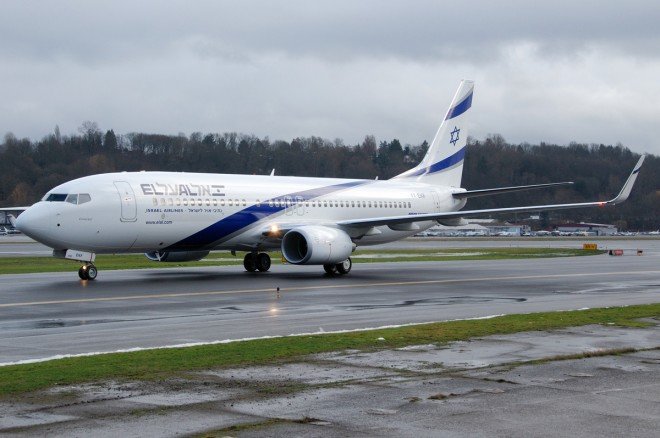
5. How do Airplane fly?
Wings of airplane help in flying. Wings are a combination of the airfoil. These airfoils generate lift on the airplane wing. When there is a difference of pressure over the upper and lower surface of airfoil it generates lift on the airfoil.

6. How do airplane stay in the air?
Primary and secondary control surfaces help in stability and control of the airplane. Aileron, elevator and rudder are primary control surfaces while flaps and slats are secondary control surfaces. Flaps are a high lifting device which maintains the lift of airplane in the air.
7. How does airplane turn in air?
Airplane turn in air with the help of rudder. This process is known as yawing. Turning the airplane in the air requires rudder, which is located on the tail of the airplane.
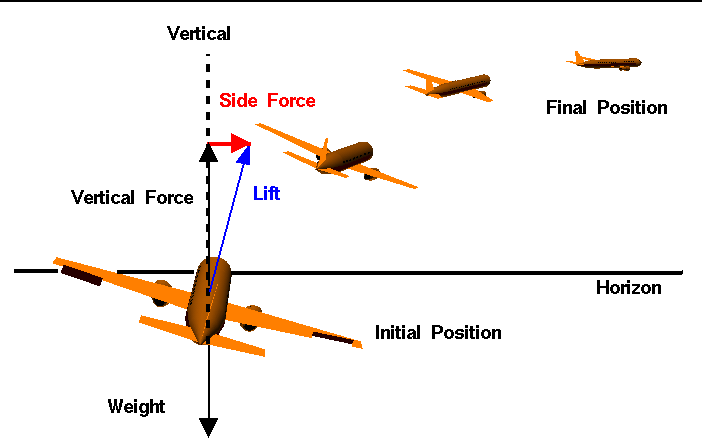
8. How do airplane fly in rain?
Rain is not an issue for airplane flight. Airplane fly in heavy rain also but the thunderstorm,fog and high speed winds are obstacles in flight. Air traffic control gathers the information and data on the weather of different areas. Pilot of airplane gets the data on weather of different regions on his instrument panel and via radio communication with local ATC.

9. How do airplane brake when landing?
Spoiler helps in reducing the lift and velocity of airplane.Thrust reversal also helps in reducing the velocity. Landing gear disc brakes applied to stop the airplane.
Thrust reversal is a concept of using the engine thrust or exhaust to reduce the airplane velocity. The thrust reverser system deployed on the engine helps in deceleration of the airplane.

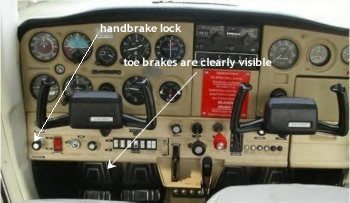
Aircraft Performance
Bonus Topics
There are lots of terms in aircraft performance, but here we come to know about the most important terms in airplane performance
Range
Range defined as total distance (with respect to the ground) covered by the airplane on fuel tank.
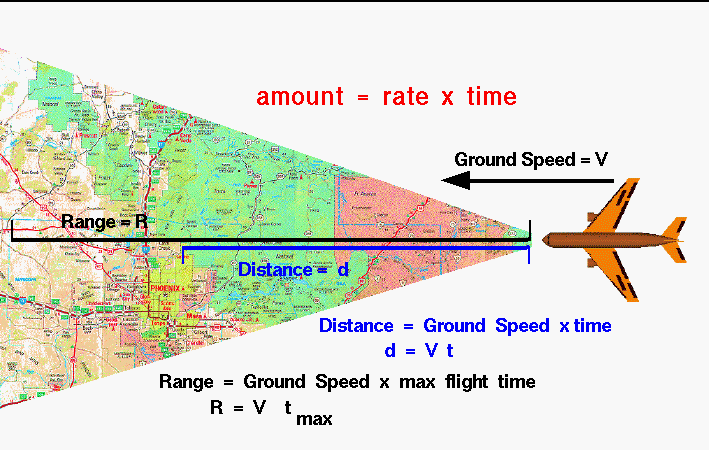
Endurance
Endurance defined as the total time that an airplane stays in the air on a tank of fuel.
Note: The parameters that maximize range and endurance are different for propeller and jet powered aircraft.

Conclusion
Aerospace engineering is developing around the world. May be we have more configuration and control surfaces on airplane in coming years. These are the basics of airplane flight mechanics.
I hope you all are satisfied with my answers. If you have any more queries, use the comment box.
Don’t forget to share it on social media.
References:


The article has really peaks my interest. I’m going to bookmark your site and keep checking for new
info.